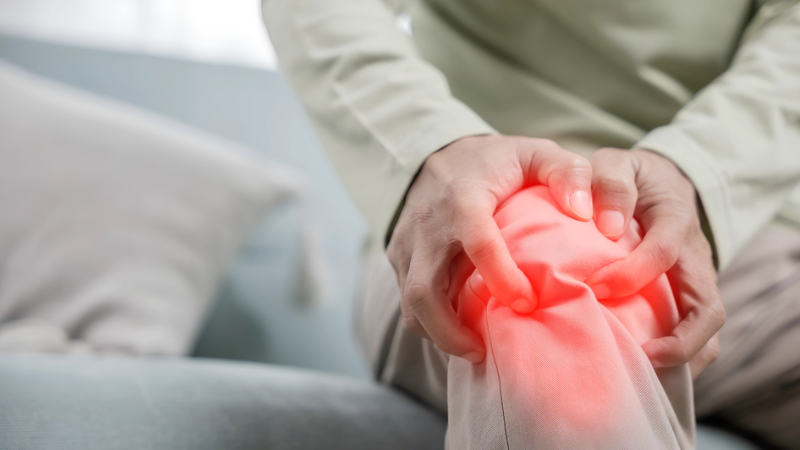Osteoporosis, the silent disease, can shorten your life — here’s how to prevent fractures and keep bones healthy
Nov 22, 2024
Osteoporosis, often dubbed the "silent disease," creeps up without warning signs until a fracture occurs. Characterized by weakened bones, this condition poses a severe risk to overall health, mobility, and longevity. But here’s the good news—osteoporosis is manageable and preventable with the right lifestyle choices and medical interventions. By understanding the disease, embracing bone-friendly habits, and seeking timely treatments, you can protect your skeletal health and improve your quality of life.
If you're looking for reliable solutions to improve bone health, explore our products at Steris Online Orthopedics for comprehensive care.
What is Osteoporosis?
Osteoporosis occurs when bones lose density and strength, becoming fragile and prone to fractures. Common fracture sites include the hips, spine, and wrists. While the disease primarily affects older adults, it can begin much earlier if bone mass is not built adequately during youth.
Why is Osteoporosis Called the “Silent Disease”?
Osteoporosis earns its name because it progresses silently, often without symptoms. Most people remain unaware they have the condition until they experience a sudden fracture from minimal trauma. This lack of early warning makes preventive care and routine screening essential, especially for high-risk groups.
How Osteoporosis Affects Life Expectancy
Fractures caused by osteoporosis are more than just painful—they can significantly impact life expectancy and independence:
- Hip Fractures: These are particularly severe, with many patients requiring long-term care. Hip fractures can reduce mobility and lead to complications such as blood clots and infections.
- Spinal Fractures: These may cause chronic pain, posture issues, and height loss, affecting overall health and confidence.
- Reduced Mobility: The inability to stay active can lead to secondary health issues such as cardiovascular disease or obesity.
Preventing Fractures and Keeping Bones Healthy
1. Prioritize Calcium and Vitamin D
Calcium and Vitamin D are critical for maintaining bone strength. Calcium supports bone structure, while Vitamin D enhances calcium absorption. Include these foods in your diet:
- Calcium Sources: Dairy products, leafy greens, almonds, and fortified cereals.
- Vitamin D Sources: Fatty fish, eggs, and fortified milk. Also, consider 15–20 minutes of sun exposure daily for natural Vitamin D synthesis.
2. Engage in Weight-Bearing Exercises
Physical activity plays a crucial role in bone health. Weight-bearing exercises, like walking, jogging, or dancing, stimulate bone remodeling, while resistance training builds muscle strength to support your bones. Aim for at least 30 minutes of exercise most days of the week.
3. Avoid Bone-Damaging Habits
Certain habits accelerate bone loss. To prevent osteoporosis:
- Quit smoking, as it reduces bone density.
- Limit alcohol consumption, as excessive drinking interferes with calcium absorption.
- Reduce caffeine intake, which can leach calcium from bones when consumed in excess.
4. Routine Bone Density Tests
A bone density test, or DEXA scan, measures the strength and density of your bones. If you're over 50 or have a family history of fractures, speak to your doctor about scheduling regular screenings.
5. Medications and Supplements
For those at high risk, medications such as bisphosphonates or hormone replacement therapy may be prescribed to prevent bone loss. Additionally, calcium and Vitamin D supplements can fill dietary gaps. Consult a healthcare professional to determine the best course of action.
For trusted orthopedic products and supplements, visit Steris Online Orthopedics.
Common Myths About Osteoporosis
1. Osteoporosis Only Affects Women
While postmenopausal women are at higher risk, men are not immune. One in four men over 50 will suffer an osteoporosis-related fracture.
2. Only the Elderly Need to Worry
Osteoporosis starts much earlier than most people think. Peak bone mass is achieved by age 30, after which bone density gradually declines.
3. Dairy Is the Only Source of Calcium
While dairy is an excellent source, plenty of plant-based options like kale, broccoli, and tofu provide ample calcium.
Tips for a Bone-Healthy Lifestyle
1. Diversify Your Diet
Incorporate a variety of nutrients beyond calcium and Vitamin D. Magnesium, potassium, and Vitamin K are also vital for bone health. Include foods like bananas, nuts, and whole grains in your meals.
2. Stay Active, Even in Older Age
Gentle activities like yoga and tai chi improve balance and flexibility, reducing the risk of falls. Regular activity helps maintain bone density and overall health.
3. Protect Against Falls
Most osteoporosis-related fractures occur due to falls. Minimize fall risks by:
- Installing grab bars in bathrooms.
- Keeping floors clear of clutter.
- Wearing non-slip footwear.
How Osteoporosis Treatments Work
Modern treatments aim to slow bone loss, stimulate bone growth, and reduce the risk of fractures. Options include:
- Bisphosphonates: These medications slow down bone resorption, maintaining bone density.
- Denosumab: An injectable treatment that reduces bone breakdown.
- Anabolic Agents: These stimulate new bone formation for those with severe osteoporosis.
For more information on orthopedic solutions, explore Steris Online Orthopedics.
Early Prevention is Key
The best defense against osteoporosis is building strong bones early in life. Young adults should focus on:
- Consuming a calcium-rich diet.
- Staying physically active.
- Avoiding smoking and excessive alcohol consumption.
Conclusion
Osteoporosis may be a "silent disease," but it doesn’t have to lead to fractures or a decline in quality of life. By adopting bone-friendly habits, staying physically active, and seeking early intervention, you can prevent bone loss and keep your skeleton strong. Take charge of your bone health today to enjoy a life of vitality and independence.
Visit Steris Online Orthopedics to discover products and solutions that support your journey to healthier bones.
Recent Post

Memantine 5 mg: MENTATIME 5 Tablet for Alzheimer’s Disease by Steris Healthcare
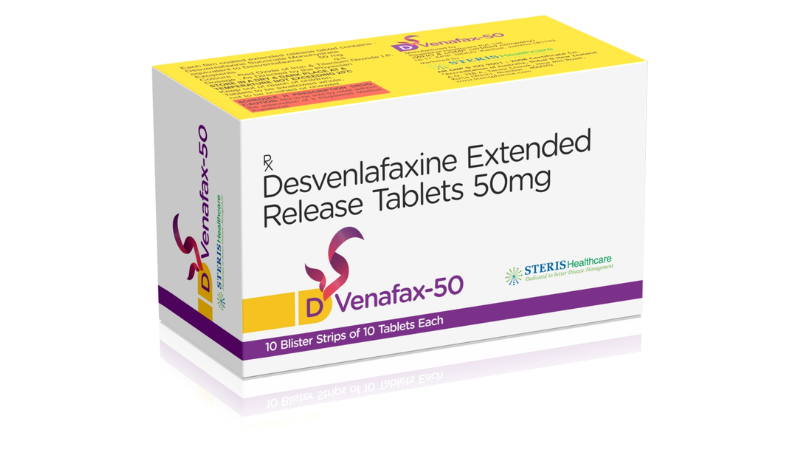
Desvenlafaxine 50 mg Extended Release Tablets for Effective Depression Relief
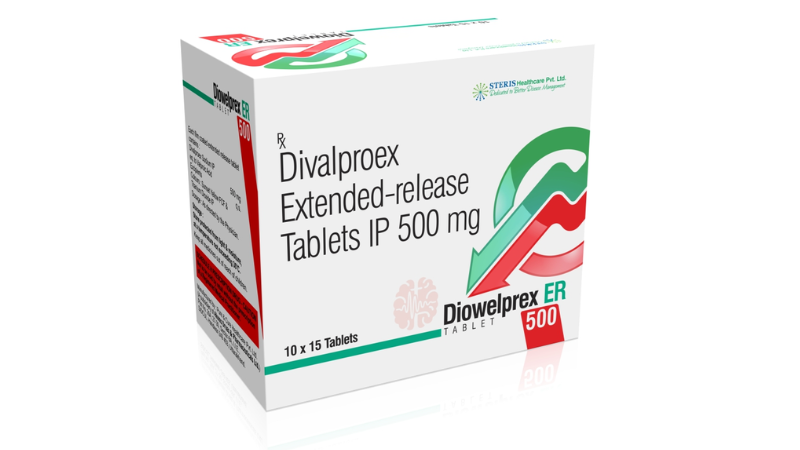
Divalproex Sodium 500 mg Extended-Release Tablets for Epilepsy, Bipolar Disorder & Migraine
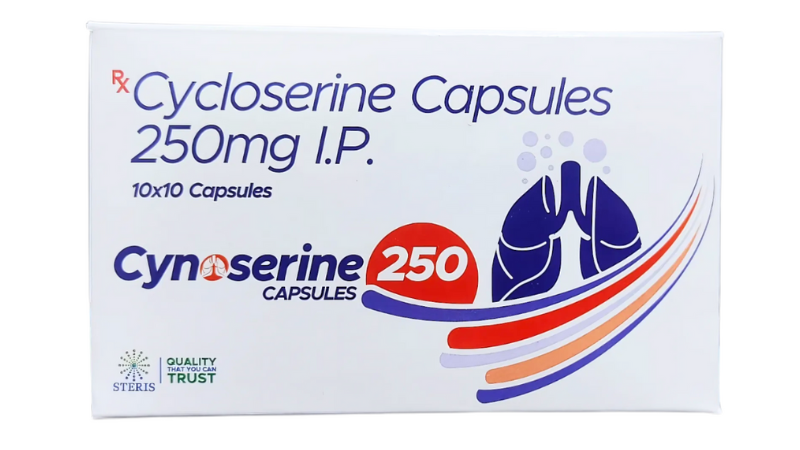
Cycloserine 250 mg Tablet: View Uses, Benefits, Price & Side Effects.
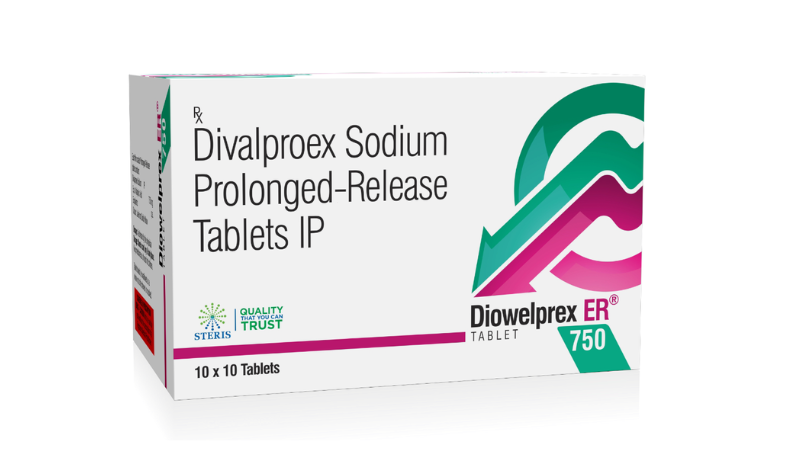
Divalproex Sodium Extended-Release Tablets 750 mg – DIOWELPREX ER 750 by Steris Healthcare

Benidipine Hydrochloride 4 mg Tablet – Composition, Uses, Dosage & Side Effects Explained
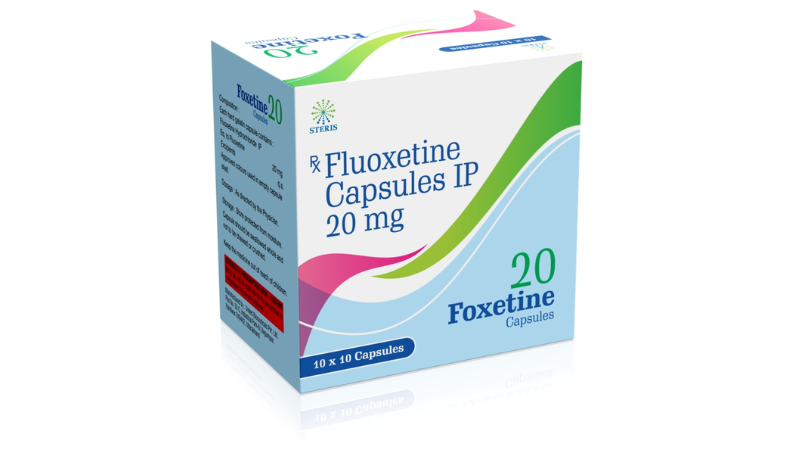
Fluoxetine 20 mg Capsule : Trusted SSRI for Depression, OCD, and Anxiety Relief
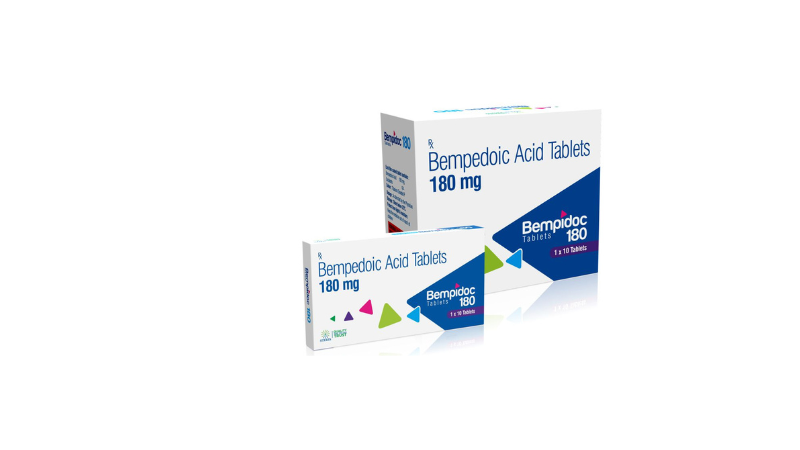
Bempedoic Acid 180 mg Tablet: A Complete Guide to BEMPIDOC 180 Composition and Benefits
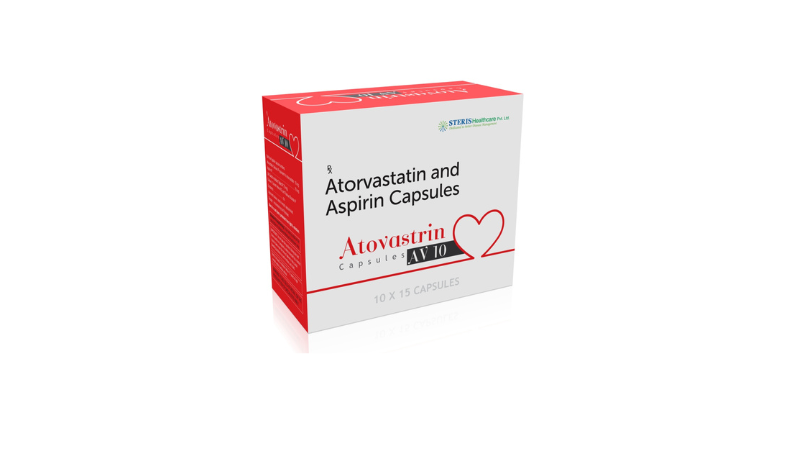
Atorvastatin and Aspirin Capsules: Discover the Heart Health Benefits of ATOVASTRIN AV 10
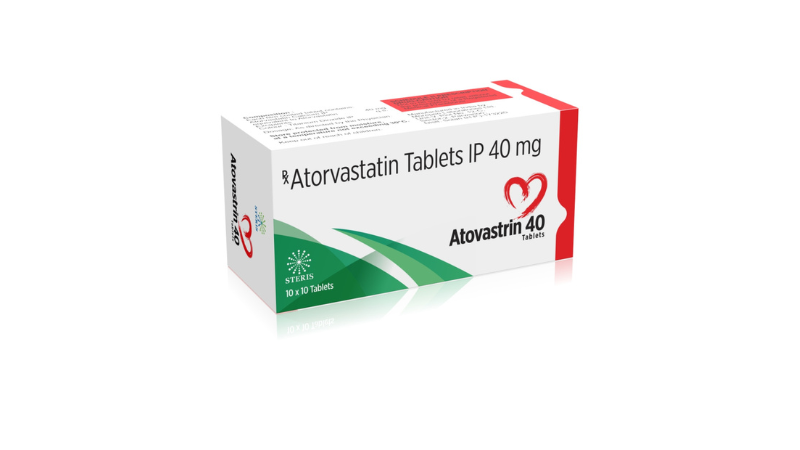
Atorvastatin 40 mg tablet uses, Dosage Guidelines, and Cardiovascular Benefits

